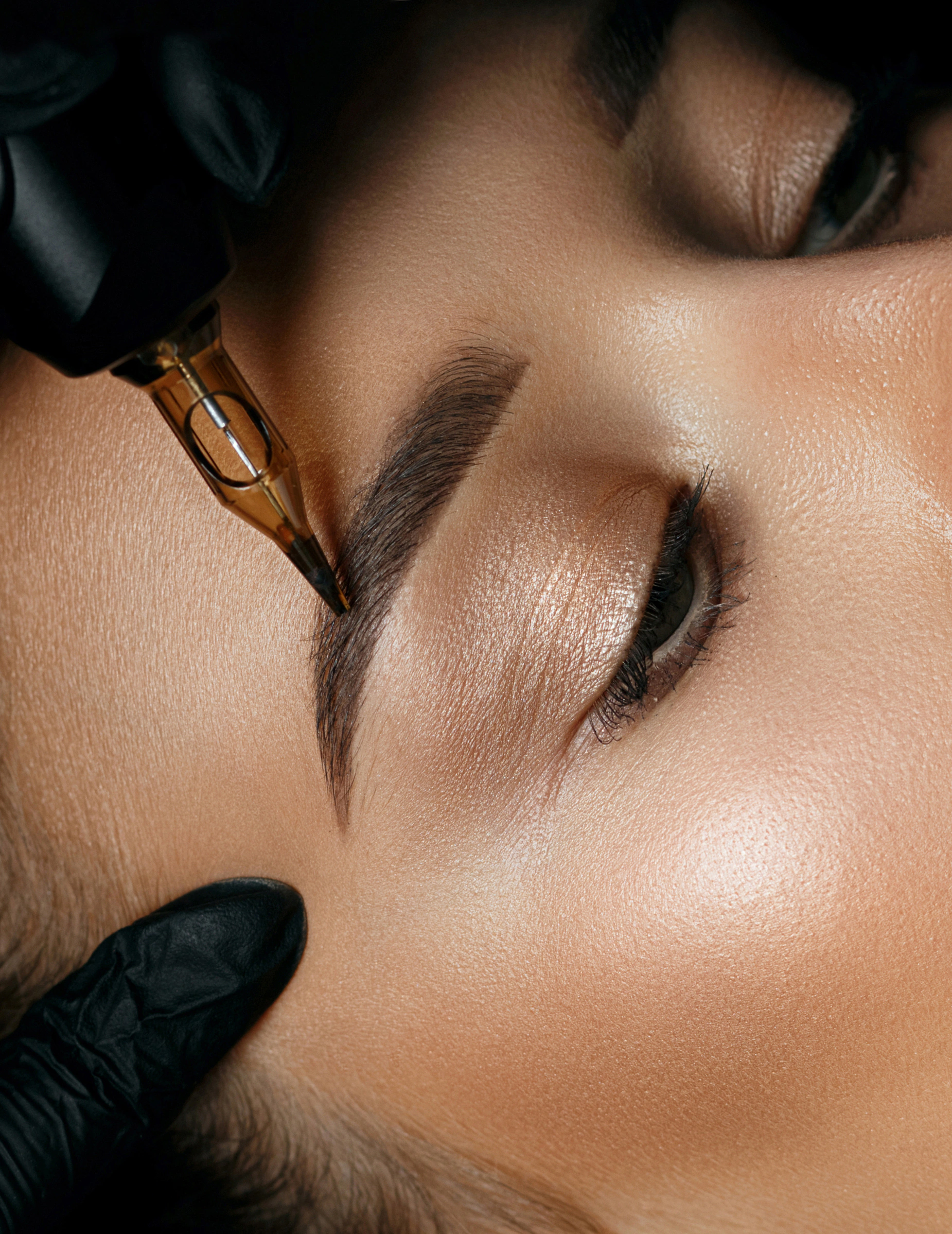Introduction:
Microblading has become a popular solution for achieving perfectly shaped and defined eyebrows. The search for flawless brows can often lead you to wonder about the pain associated with this cosmetic tattooing procedure. In this article, we will explore the different aspects of microblading including the factors that contribute to the sensation, pain threshold, and the overall experience of the procedure.
Understanding Microblading:
Microblading is a semi-permanent cosmetic tattooing technique designed to enhance the appearance of eyebrows. Unlike traditional tattoos that penetrate deeper layers of the skin, microblading involves depositing pigment into the upper layers of the skin. This technique strives to create natural-looking hair strokes, mimicking the appearance of real eyebrow hair.
Pain Perception and Threshold:
The pain experienced during a microblading procedure varies from microblading artist to microblading artist influenced by factors such as individual pain tolerance and sensitivity. The pain threshold is subjective and what may be uncomfortable for one customer could be relatively painless for another.
Topical Numbing Creams:
In order to avoid unnecessary discomfort, microblading professionals often use topical numbing creams before the procedure. These creams contain anesthetic agents that temporarily numb the brow area, minimizing the scratching sensation associated with the microblading tool. While this helps in reducing pain, it is essential to note that individual responses to numbing creams can vary. This is also why at Brow Queen LA we use a two numbing crème method. We numb after your brow mapping and before your microblading procedure allowing 30 minutes for the numbing crème to act. In addition, we also numb with a second numbing crème during the microblading procedure in order to ensure your greatest comfort possible.
Comparison to Traditional Tattoos:
It is commonly misconceived that microblading is as painful as traditional tattoos. Unlike traditional tattooing, microblading is a more superficial process, focusing on the outermost layers of the skin. Traditional tattoos involve penetrating deeper into the dermis causing more pain. However, in a microblading procedure the microblading pen only goes above the sub dermis layer of the skin causing relatively less pain.
Waxed or Threaded Brows:
The pain experienced during a microblading session can also be influenced by recent hair removal methods such as waxing or threading. If you recently had your eyebrows waxed or threaded you may have a heightened sensitivity in the brow area. It is wise to schedule microblading sessions at least a few days after any hair removal procedures to minimize discomfort.
Layers of the Skin:
In understanding the layers of the skin, it is crucial to understand the level of pain associated with microblading. The microblading procedure targets the outermost layer of the skin. This is called the epidermis and while it does contain nerve endings, the pain experienced during a microblading procedure is generally less intense compared to traditional tattoos or laser treatments.
Microblading Procedure:
During the microblading procedure, a handheld tool with fine needles is used to create hair-like strokes and deposit pigment into the skin. The scratching sensation felt during the microblading procedure is a result of the tool making small incisions to mimic natural brow hair. The pain is often described as mild, with some individuals comparing it to the feeling of tiny scratches or pinpricks.
Semi-Permanent Pigment:
Microblading is considered semi-permanent, meaning the pigments used are not as deeply embedded in the skin as with traditional tattoos. After some time, the pigment may fade and the recommendation it to go for an annual touch-up.
Aftercare and Healing:
After the microblading procedure, proper aftercare is essential for optimal healing and reduced discomfort. This includes avoiding excessive exposure to sunlight, refraining from scratching or picking at the treated area, and following the aftercare instructions provided by your microblading professional.
Conclusion:
In conclusion, the question of whether microblading hurts depends on various factors, including individual pain tolerance, recent hair removal methods, and understanding the layers of the skin involved in the procedure. While you may experience a mild scratching sensation, the overall pain associated with microblading is generally considered mild. If your microblading professional uses numbing cremes such as Brow Queen LA, this pain is further mitigated. Ultimately, the attraction of achieving natural-looking, well-defined eyebrows often outweighs the minimal discomfort associated with this popular cosmetic tattooing technique.
Keywords:
eyebrow hair, microblading pain, waxed or threaded, layers of the skin, cosmetic tattoo, topical numbing cream, semi permanent pigment, scratching sensation, deposit pigment, microblading procedure, pain tolerance, brows, microbladed brows, hair strokes, laser treatments, eyebrows microbladed, brow area, traditional tattoos, microblading is a semi permanent, pain threshold






